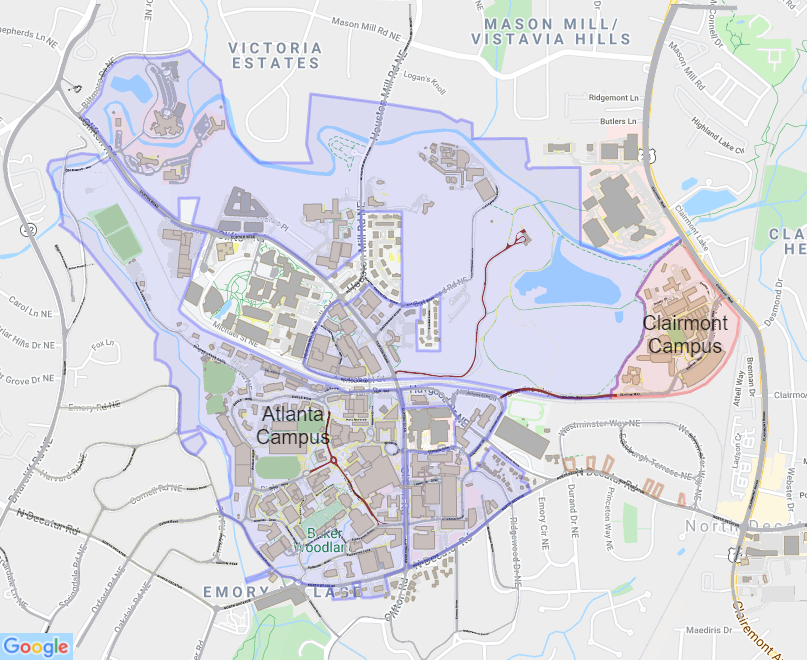

Map scales can also be described as either “small” or “large.” Such descriptions are usually made in reference to representative fractions and the amount of detail represented on a map. Such units could be inches, centimeters, or even pencil lengths it really does not matter. This means that one unit on the map represents 10,000 units on the ground. In other words, any unit of measure can be used to interpret the map scale. One of the benefits of using a representative fraction to describe scale is that it is unit neutral. The numerator, which is always set to one (i.e., 1), denotes map distance and the denominator denotes ground or “real-world” distance. The representative fraction (RF) describes scale as a simple ratio. Figure 2.9 Map Scale from a United States Geological Survey (USGS) Topographic Map Scale bars are usually used on reference maps and allow map users to approximate distances between locations and features on a map, as well as to get an overall idea of the scale of the map. Map scale can also be portrayed graphically with what is called a scale bar. For example, it is common to see “one inch represents one kilometer” or something similar written on a map to give map users an idea of the scale of the map.

Map scale can be represented by text, a graphic, or some combination of the two. Map scale refers to the factor of reduction of the world so it fits on a map. Nonetheless, all maps reduce or shrink the world and its geographic features of interest by some factor. What exactly is meant by “manageable” is open to discussion and largely depends on the purpose and needs of the map at hand. One of the challenges behind mapping the world and its resident features, patterns, and processes is reducing it to a manageable size. Map scale is concerned with reducing geographical features of interest to manageable proportions, coordinate systems help us define the positions of features on the surface of the earth, and map projections are concerned with moving from the three-dimensional world to the two dimensions of a flat map or display, all of which are discussed in greater detail in this chapter. Among the most important cartographic considerations are map scale, coordinate systems, and map projections. Several other formal and informal mapping conventions and characteristics, many of which are taken for granted, can be identified. Though this may not always be the case, many map users expect north to be oriented or to coincide with the top edge of a map or viewing device like a computer monitor. One of the most recognized mapping conventions is that “north is up” on most maps. Generally speaking, mapping or cartographic conventions refer to the accepted rules, norms, and practices behind the making of maps. Mapping conventions facilitate the delivery of information in such a manner by recognizing and managing the expectations of map users. In order for a map to be of value, it must convey information effectively and efficiently. The central purpose of a map is to provide relevant and useful information to the map user. Understanding and meeting the expectations of map viewers is a challenging but necessary task because such expectations provide a starting point for the creation of any map. It is important to note that such expectations also change with increased exposure to maps. Such expectations are formed and learned from previous experience by working with maps. The objective of this section is to describe and discuss the concepts of map scale, coordinate systems, and map projections and explain why they are central to maps, mapping, and geographic information systems (GISs).Īll map users and map viewers have certain expectations about what is contained on a map.


 0 kommentar(er)
0 kommentar(er)
